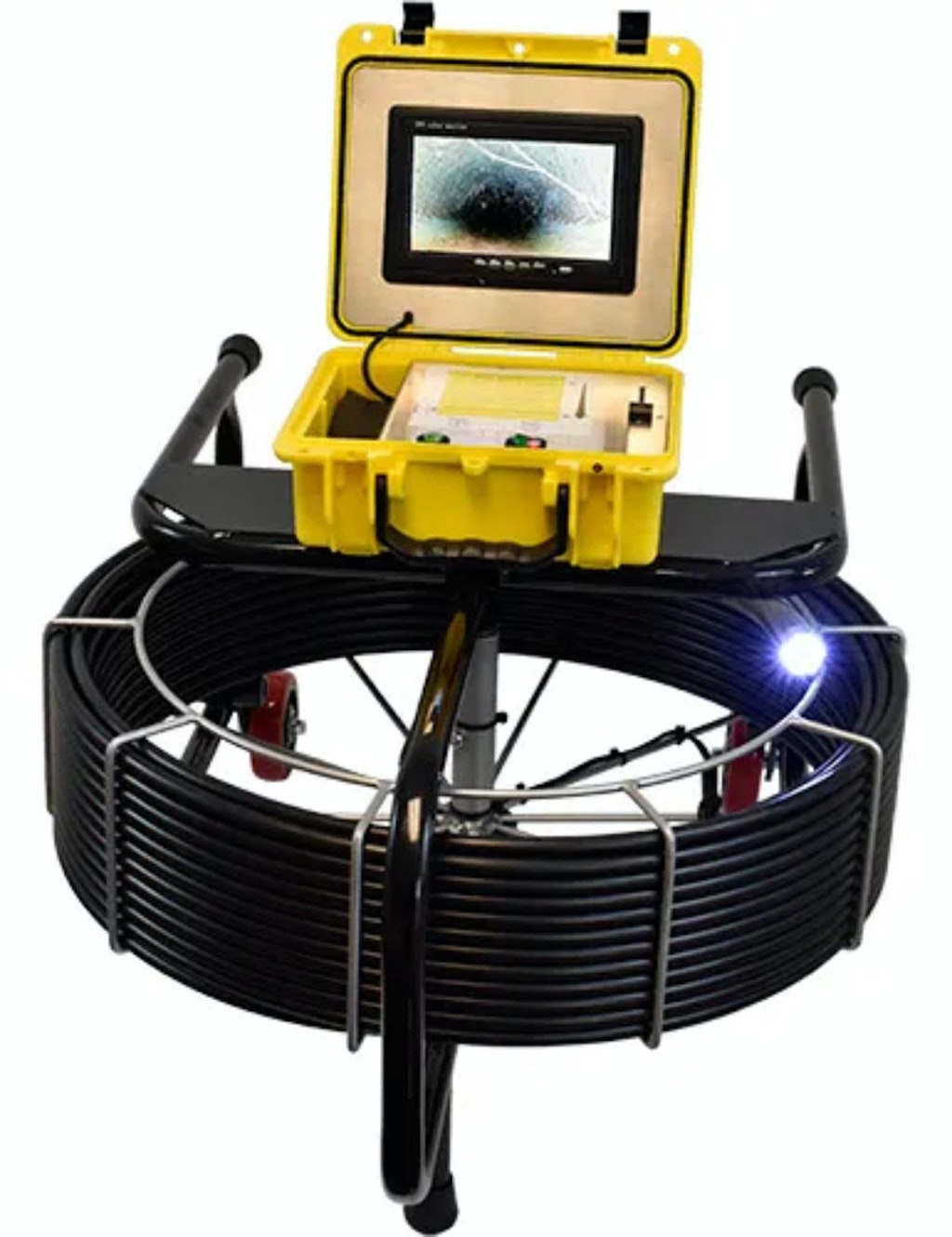Sewer lines are often out of sight, out of mind until something goes wrong. When that happens, finding the source of the problem can be challenging and time-consuming. Fortunately, sewer line camera solutions offer a fast and effective way to inspect pipes without having to dig them up. However, with so many options available, choosing the right tool for the job can be overwhelming. In this blog post, we’ll explore different sewer line camera solutions and help you determine which one is best for your needs.
Push Cameras
Push cameras are small cameras on flexible rods that can be inserted into pipes to capture images and video footage. These cameras are ideal for inspecting smaller pipes or those with bends and turns. They’re easy to use and require minimal setup time, making them perfect for quick inspections. However, push cameras have limited reach and may not be suitable for larger pipes or more extensive inspections.
Pan-and-Tilt Cameras
Pan-and-tilt cameras are equipped with motors that allow them to move around inside pipes to capture 360-degree views of the interior. These cameras are ideal for larger pipes or those with complex layouts where a fixed view won’t suffice. They also have built-in lights that provide bright illumination in dark environments. However, pan-and-tilt cameras tend to be more expensive than push cameras and require more setup time.
Crawler Cameras
Crawler cameras are robotic devices that move through pipes on tracks or wheels while capturing high-quality images and videos along the way. These cameras are ideal for large-scale inspections where accuracy is crucial. They’re also equipped with additional features like laser measurement tools that can detect cracks or other issues in pipes accurately. However, crawler cameras tend to be costly, require specialized training to operate effectively, and may not fit in smaller pipes.
Sonar Inspection
Sonar inspection is a non-invasive method of inspecting pipes that uses sound waves to detect and locate problems. This method is ideal for identifying blockages, leaks, or other issues that are not visible to the naked eye. It’s also less invasive than other camera solutions, making it ideal for fragile pipes or those that contain hazardous materials. However, sonar inspections may not provide as much detail as camera inspections and may require additional equipment to pinpoint problems accurately.
Multi-Sensor Inspection
Multi-sensor inspection combines different technologies like cameras, lasers, and sonar to provide detailed images and data about pipe conditions. This method is ideal for large-scale inspections where multiple issues need to be identified in a short amount of time. It’s also more accurate than single-method inspections and can detect problems that would otherwise go unnoticed. However, multi-sensor inspections tend to be expensive and require specialized training to operate effectively.
Conclusion:
Sewer Line Camera solutions offer an efficient way to inspect pipes without having to dig them up. With so many options available, choosing the right tool for the job can be challenging. Push cameras are ideal for smaller pipes or quick inspections; pan-and-tilt cameras are suitable for larger pipes with complex layouts; crawler cameras are perfect for large-scale inspections where accuracy is crucial; sonar inspection is non-invasive and ideal for fragile pipes or hazardous materials; while multi-sensor inspection combines different technologies for more accurate results but at a higher cost. Ultimately, the choice of sewer line camera solution will depend on your specific needs and budget constraints.



